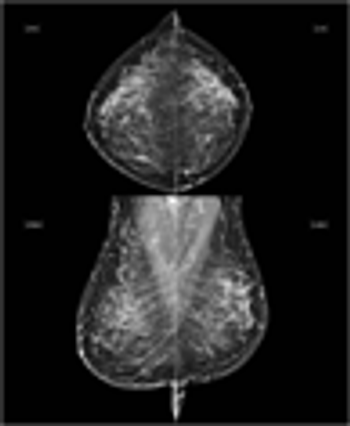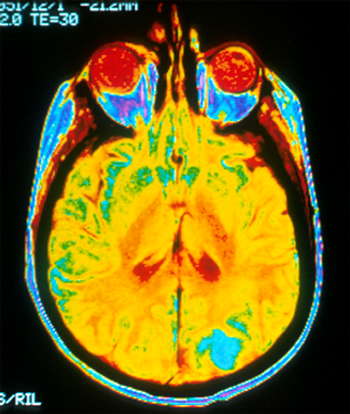
Integrating 2D and 3D screening increases breast cancer detection and may lower reports of false positives.

Integrating 2D and 3D screening increases breast cancer detection and may lower reports of false positives.

Use of transvaginal sonography increases detection of ectopic pregnancies when patient history and clinical evaluation alone aren’t sufficient for diagnosis.

Using MRI to measure thalamic atrophy in patients with clinically isolated syndrome can help predict which patients will develop multiple sclerosis.

Screening mammograms enhanced by CAD trigger more false alarms than non-CAD screenings and detect more early cancers that may never have needed treatment.

Lumbar spine CT radiation doses were lowered by 41 percent and still delivered diagnostic quality images.

Abdominal CT scans that include the lumbar spine but that are performed for other purposes may help identify patients with osteoporosis.

Standard CT protocol for trauma patients is leading to overutilization of the exam.

Attaching patient photos to radiographs helps increase label detection errors without adding to time for interpretation.

Calgary Scientific Inc. has received FDA clearance for its software for diagnostic medical image viewing on Android mobile devices.

A proposal in the new Fiscal Year 2014 budget to close a loophole in the Stark self-referral law to unnecessary imaging scans and therapy aims to cut costs.

Interpretation of imaging scans of the same patient by different physicians during the intra-service period provides little or no work efficiencies.

After several years of strong growth in use of MRI, trends are reversing, with fewer scans performed.

Early use of FLT-PET/CT screening during treatment for head and neck cancer can indicate long-term patient outcomes.

Concerns over inappropriate use of CTC prompted CMS to halt reimbursement, but research shows that CTC is not being used inappropriately.

Hitachi Medical Systems America Inc. has received FDA 510(k) clearance for its Scenaria Advanced 128 CT system, the company announced.

Physicians are using MRI to assess the association between sciatica symptoms and lumbar-disk herniation, despite controversy over its validity.

Better communication between radiologists and patients undergoing image-guided breast biopsies results in lower anxiety before and after the procedure.

Single photon emission computed tomography ventilation/perfusion imaging may show early changes to the lung caused by cigarette smoke exposure.

CAD with chest X-ray to screen for lung cancer may reveal abnormalities, but more study is required.

Brain MRIs migraine sufferers reveal abnormalities in cortical thickness and some surface area. These measurements could improve understanding of migraines.

Most lumbar spine MRIs are unnecessary; most MRIs for headache are necessary. Physicians should strictly adhere to appropriate imaging guidelines.

The FDA has approved gadolinium-based contrast agent Dotarem (gadoterate meglumine) for MRI of the central nervous system.

The ACR and SBI took issue with a recent study on the long-term mental anguish caused by false-positives from mammograms.

The FDA has approved Lymphoseek (technetium Tc 99m tilmanocept) Injection imaging agent that helps locate lymph nodes in patients with certain cancers.

3D MR images reveal some patients show signs of lasting structural damage to the brain after sustaining just one concussion.

CT scans of mummies show that plaque build-up and clogged arteries occurred among people 4,000 years ago, as well as today.

Idaho senators are considering a measure to require radiologic technologists have a license before performing imaging and radiation therapy procedures.

Healthcare providers who use cloud computing feel safe with the practice, giving cloud computing a satisfaction score of 4.5 out of 5, according to KLAS.

Philips received FDA 510(k) clearance for MicroDose SI, a full-field digital mammography system that enables future Single-Shot Spectral Imaging applications.

Reducing the CT colonography radiation dose from 120 kVp to 100 kVp resulted in a significant decrease in dose but minimal decrease in 3D image quality.